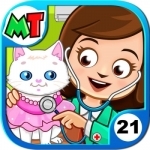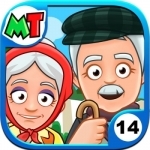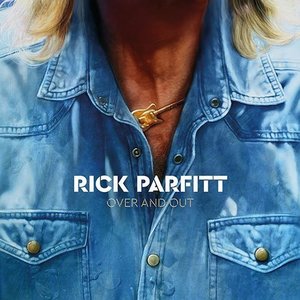
Gangstar Vegas
Games and Entertainment
App
Roll up on a dangerous new trip through the City of Sin in the latest episode of the acclaimed...

My Town : Pets
Games and Education
App
*** Pay once & Play forever + receive FREE updates! No ads and no IAP *** If you have a pet or are...

My Town : Grandparents
Education and Games
App
It’s always a fun day when you get to visit your My Town grandparents! How fun to check out where...

Five Little Monkeys
Games and Education
App
-> Highly recommended for Education by the App Store, as well as teachers and parents around the...

Sago Mini Hat Maker
Education and Entertainment
App
Ring ring – Robin’s at the door! What will you make for her – a colourful bowler hat, a party...

Toca Doctor HD
Education and Entertainment
App
*Children's Technology Review - Editor's Choice* "I really enjoyed this game. Treating the ailments...

Forex Stock Trading Learn Binary Options Beginners
Education and Finance
App
Get it now! PLAY to LEARN. OhMyGeorge Demo Trading Game offers: * REAL-TIME trading data; *...

Over and Out by Rick Parfitt
Album
Featuring 10 brand new songs, including the title track that broke hearts anew when it was played at...

NetDocuments for EMM
Business and Productivity
App
NetDocuments is a cloud content management service for businesses of all sizes to securely create,...
